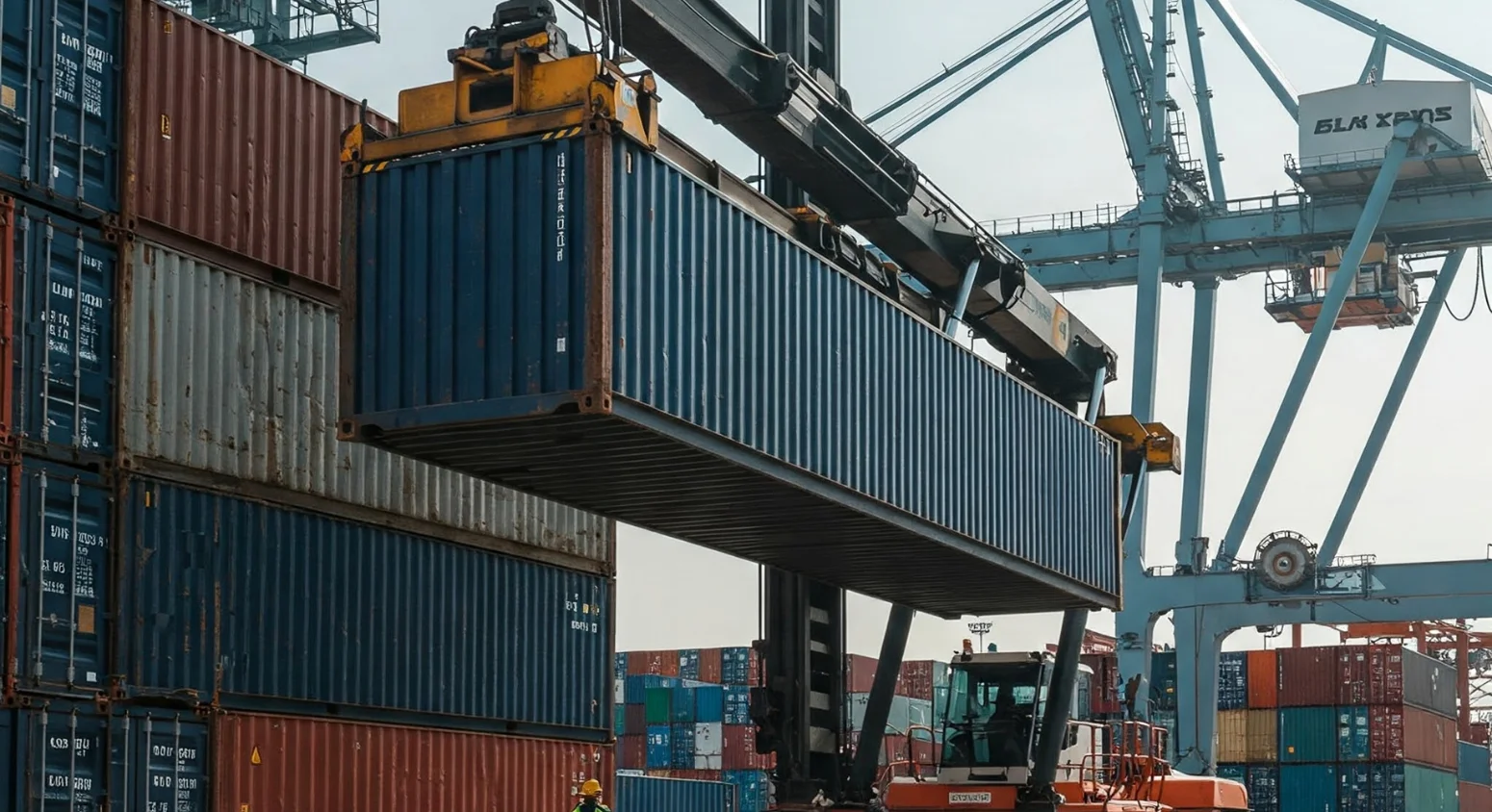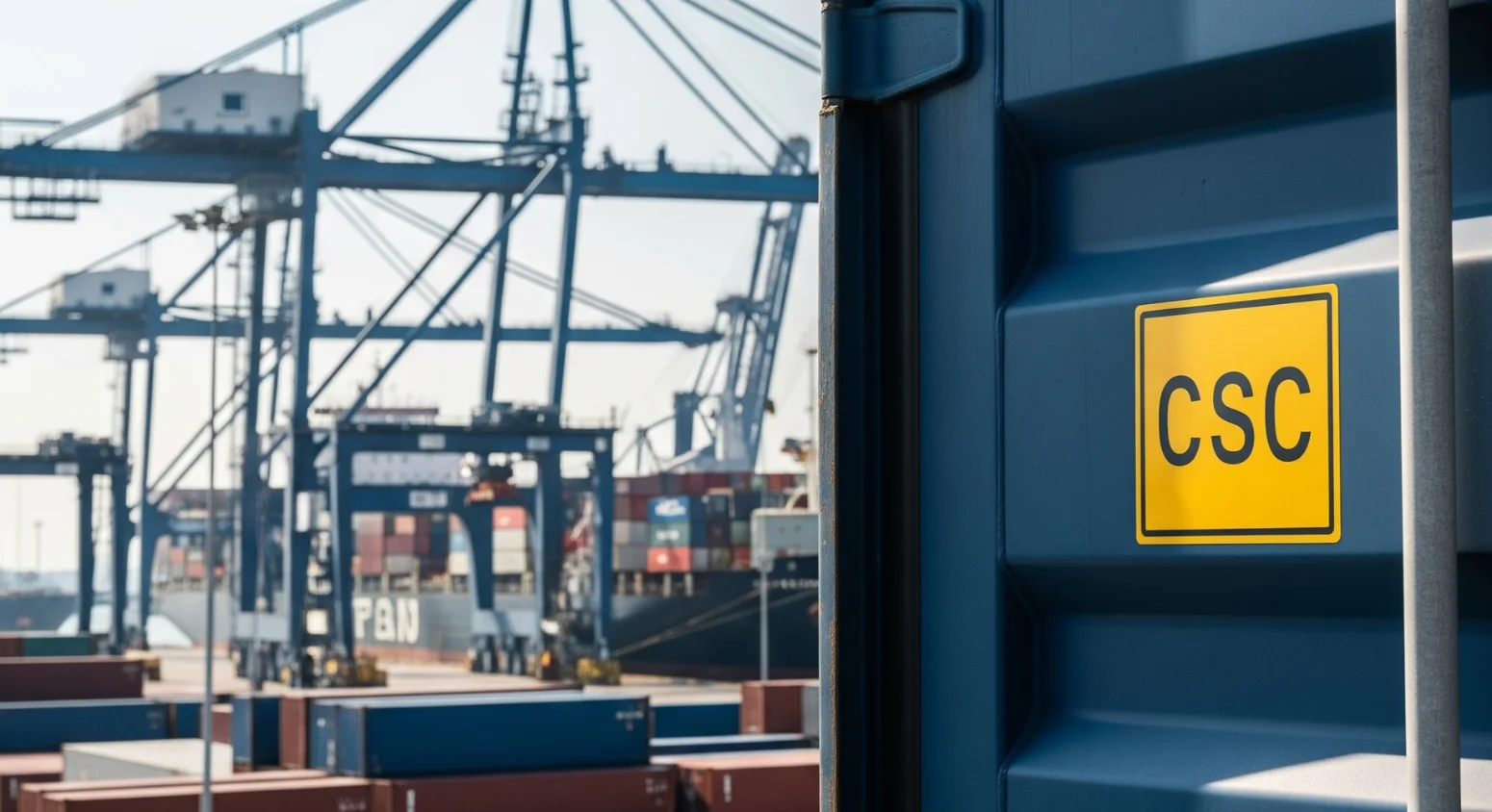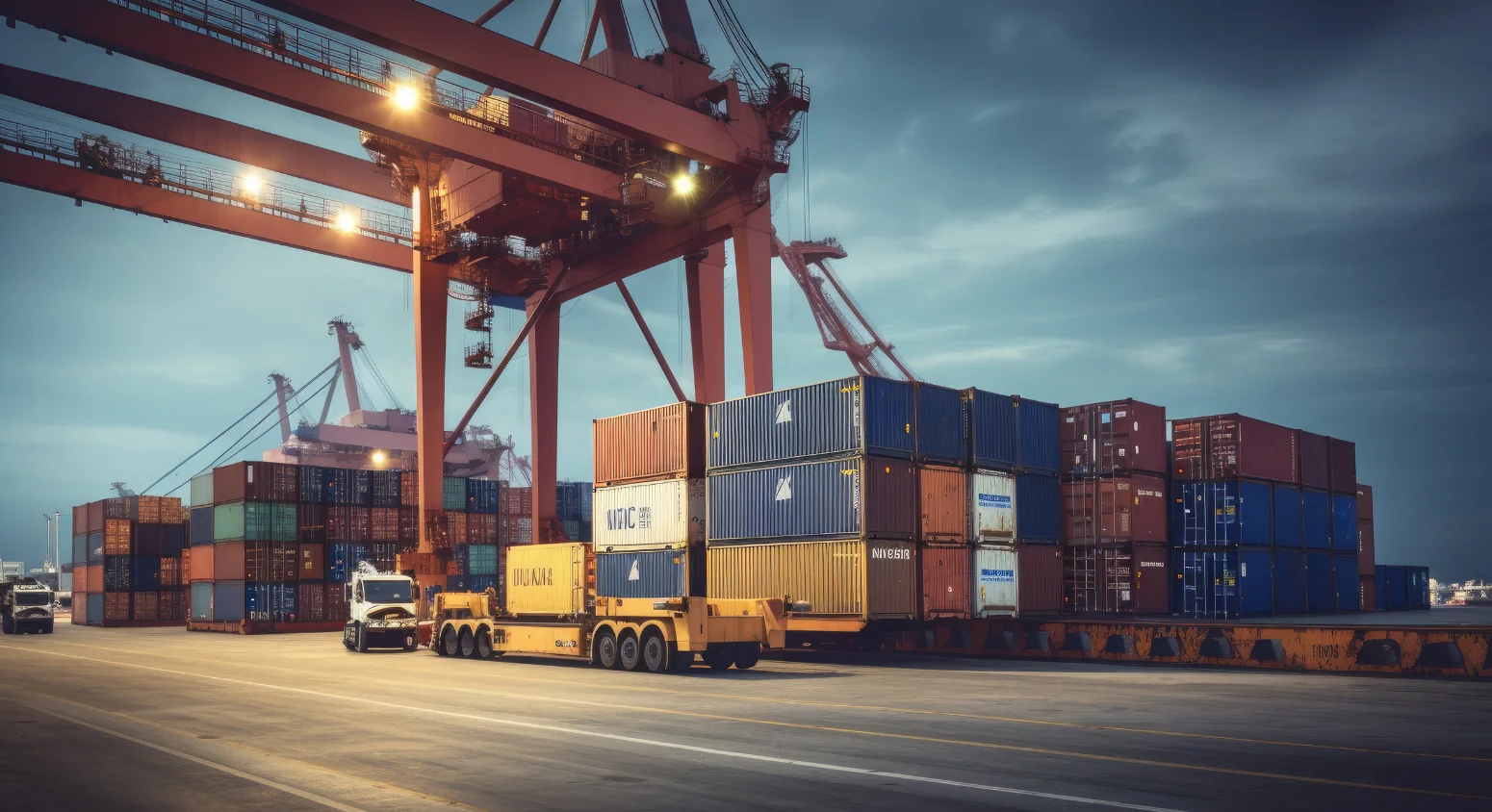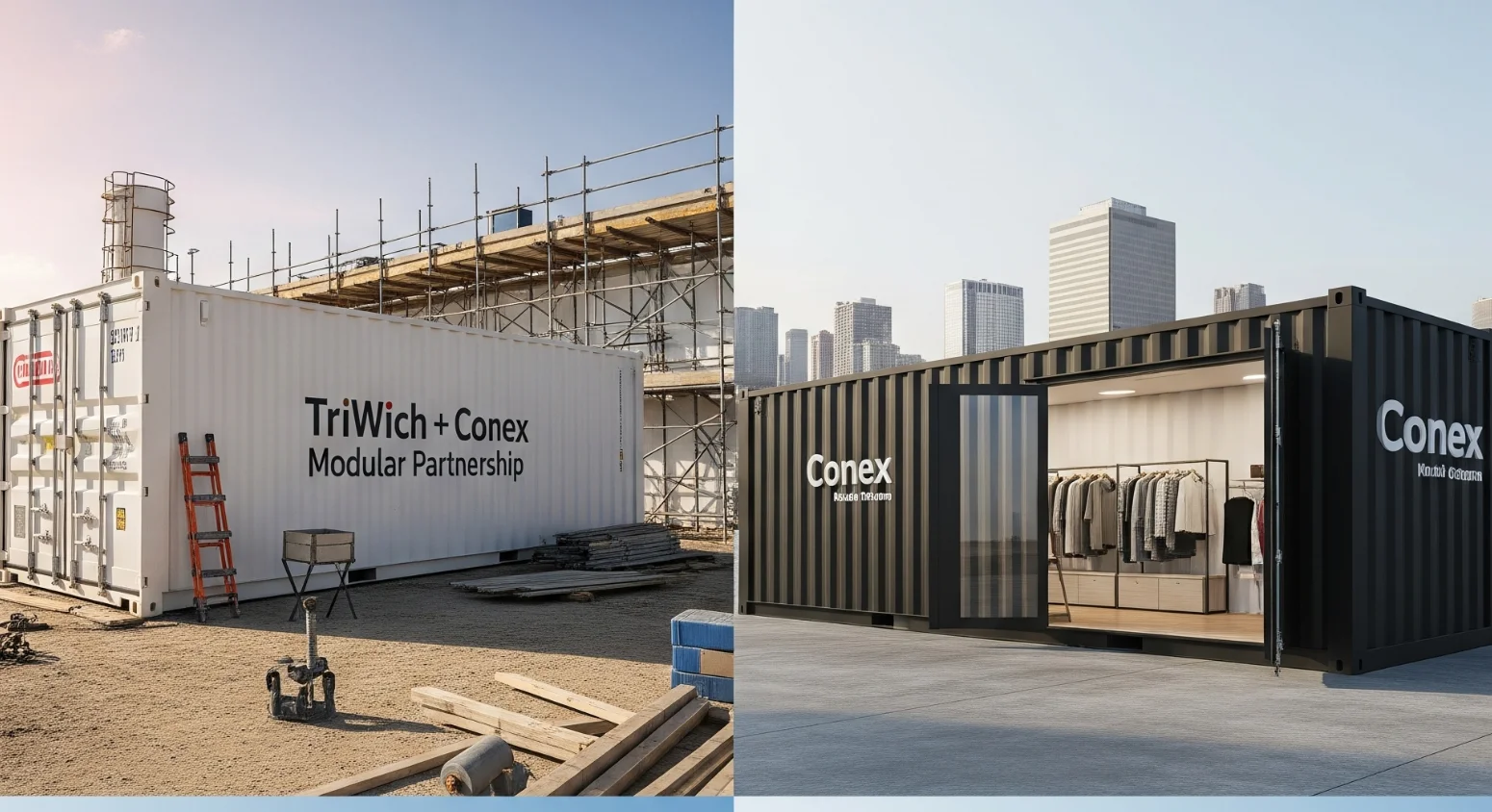Ever had your container equipment break down too soon or cost more to fix than expected? It happens more often than you’d think—and it can slow everything down. Whether you’re lifting, moving, or storing containers, your equipment works hard every day. So, keeping it in good shape is key if you want it to last longer and work better.
The truth is, extending the container lifespan doesn’t have to be difficult. A few smart habits and the right tools can make a big difference. By using strong, reliable container handling equipment—and knowing how to take care of it—you can avoid surprise repairs, stay safer on the job, and save money over time.
In this blog, we’ll share simple, practical tips to help you protect your equipment. We’ll also talk about how tools like container lifting jacks can reduce stress on your gear and help everything run smoother. If you want to get the most out of your equipment without the hassle, you’re in the right place. Let’s get started.
Table of Contents
1. Importance of Proactive Equipment Maintenance
Have you ever wondered why some container handling equipment lasts for years while others seem to wear out in half the time? It’s not always about the brand or the build—it often comes down to how the equipment is maintained.
Proactive maintenance isn’t just a checklist item. It’s a mindset. One that helps protect your tools, reduce downtime, and keep your operations running smoothly. And when it comes to extending the container lifespan, that mindset pays off in big ways.
Why Waiting Until Something Breaks Costs You More
Let’s be honest: it’s tempting to wait until something actually breaks before dealing with it. But reactive fixes can be expensive, risky, and disruptive. Here’s what delayed maintenance can lead to:
- Sudden breakdowns in the middle of a job
- Higher repair or replacement costs
- Unsafe working conditions
- Shortened container handling equipment lifespan
Instead, a proactive approach keeps your gear reliable, safe, and ready for anything.
The Long-Term Value of Routine Care
Think of your equipment like a car. You wouldn’t drive 50,000 miles without an oil change, right? Regular attention keeps things running better, longer.
Here’s what proactive maintenance helps you achieve:
- Lower operating costs – Fewer emergency repairs and part replacements
- Improved safety – Less chance of accidents caused by worn-out parts
- Greater efficiency – Equipment performs the way it should
- Extended lifespan – Your container handling equipment works for years, not months
Maintenance = Prevention
Using well-designed tools like shipping container jacks can also prevent unnecessary stress on your equipment. These tools are made to handle the job safely and efficiently, helping avoid damage that could shorten the life of your gear.
Pro tip: Create a maintenance log. Track inspection dates, part replacements, and repairs. Over time, you’ll see patterns—and you’ll be able to fix small issues before they become big problems.
Staying ahead of wear and tear doesn’t just save money—it protects your time, your team, and your business. In the next section, we’ll dig into simple, daily best practices you can use to keep your equipment in top shape.
2. Daily Best Practices for Preserving Equipment
Keeping your container handling equipment in good shape doesn’t always require major repairs or costly upgrades. In fact, some of the most effective ways to extend the container lifespan come down to small, daily habits. The kind that are easy to overlook—but powerful when done consistently.
So, what can you do each day to protect your equipment and make sure it stays reliable for the long haul? Let’s break it down.
1. Start with a Quick Pre-Use Inspection
Before you use any equipment, take a few minutes to look it over. You’re not looking for anything complicated—just obvious signs that something’s off.
Check for:
- Loose bolts or fasteners
- Cracks, rust, or bends in structural parts
- Leaks or unusual noises
- Worn or damaged lifting components (especially on tools like a container jack or shipping container jack)
This simple habit can help you catch small issues before they lead to big problems.
2. Keep Equipment Clean
Dust, dirt, and debris can do more damage than you might think. Over time, buildup can affect performance and cause premature wear.
Make it part of your daily routine to:
- Wipe down surfaces after use
- Remove mud or grit from moving parts
- Keep storage areas tidy and free of corrosive materials
Clean tools work better and last longer. It’s that simple.
3. Store with Care
Where and how you store your equipment matters. Leaving gear exposed to the elements or stacked in tight, awkward spaces shortens its life.
Best storage practices include:
- Keeping equipment dry and covered when not in use
- Avoiding direct contact with the ground or harsh chemicals
- Using protective padding or shelving when storing lighter gear
Proper storage protects your investment—and makes things easier to access when you need them.
4. Train Your Team Right
Even the best tools break down fast when used the wrong way. That’s why training matters. Make sure everyone using your equipment knows how to:
- Operate tools like a container jack safely and correctly
- Follow weight limits and handling guidelines
- Spot early signs of damage
- Report issues immediately
A knowledgeable team keeps equipment running longer—and keeps your job sites safer.
5. Don’t Push It Beyond Its Limits
One of the fastest ways to damage your container handling equipment is to ask it to do more than it was built for. Overloading, forcing movement, or using tools for the wrong task puts stress on every component.
Stick to the specs. If you need to move something heavier or differently shaped, consider tools made for the job—like modular lifting systems or specialty jacks.
In short: daily care isn’t about doing more. It’s about doing the right things regularly. These small efforts add up fast—keeping your equipment strong, safe, and ready for whatever’s next.
Next up, we’ll talk about how choosing the right tools from the start can reduce long-term wear and tear on your equipment.
3. Choosing the Right Tools to Reduce Equipment Strain
Have you ever thought about how much the wrong tool can cost you—not just in money, but in time, effort, and long-term damage to your equipment? Choosing the right tools isn’t just a matter of convenience; it plays a major role in protecting your container handling equipment and extending the overall container lifespan.
When you’re lifting or moving heavy containers, the tools you use can either support the job or slowly break your equipment down. That’s why using the right gear from the start is one of the smartest moves you can make.
Why the Right Tools Make a Big Difference
Every piece of equipment has a limit. Push it too far with the wrong support, and things start to wear out faster than they should. Proper tools are designed to:
- Distribute weight evenly
- Prevent overloading of structural components
- Make lifting and moving safer and more efficient
If you’re still using improvised methods or general-purpose tools to move containers, you could be unintentionally causing stress that shortens your equipment’s life.
Tools That Work With Your Equipment—Not Against It
Let’s look at a few key tools that are designed to reduce strain and keep your gear in top shape:
1. LiftWich
This tool is built to lift heavy containers with control and balance. Its smart design minimizes stress on your equipment and flooring—making it a great long-term investment for preserving both.
2. Shipping Container Jack
A high-quality shipping container jack can handle tough loads without shifting, tipping, or damaging the base of the container. It’s safer and more precise than makeshift lifts, and it works well with a variety of container sizes.
3. Container Jack
Using a dedicated container jack means you’re not forcing a tool to do something it wasn’t built for. These jacks are designed to take the load off your primary gear and make positioning easier on your team—and your equipment.
Say Goodbye to Improvised Solutions
It might feel faster to “just make it work” with tools you already have, but that shortcut often leads to:
- Bent frames
- Cracked surfaces
- Unsafe conditions for operators
- Accelerated wear on your container handling equipment
Instead, invest in tools designed specifically for the job. They’ll save you repair costs, reduce the chance of accidents, and keep your equipment running longer.
Pairing the Right Tools = Long-Term Wins
It’s not just about using a good jack or dolly—it’s about how each tool works together. Pairing your container handling equipment with tools like LiftWich or a container jack creates a smoother workflow that protects everything involved. You reduce impact, avoid overload, and make day-to-day tasks easier.
Choosing the right tools is more than a technical decision—it’s a strategy for protecting your equipment and your bottom line. In the next section, we’ll dive into how scheduled maintenance can further extend the life of your gear and help you avoid costly surprises.
4. Scheduled Maintenance and Servicing Tips
How often do you schedule time to check up on your container equipment—before it starts causing problems? If your answer is “not often enough,” you’re not alone. But here’s the truth: regular maintenance is one of the easiest and most cost-effective ways to extend the container lifespan and keep your operation running without surprises.
Think of maintenance as insurance. It might take a little time upfront, but it can save you from costly breakdowns, unexpected downtime, and unnecessary equipment replacements later on.
Why a Maintenance Schedule Matters
Skipping routine checks may seem harmless—until something fails mid-operation. That kind of disruption isn’t just frustrating. It can throw off timelines, increase labor costs, and even lead to safety risks.
A solid schedule keeps your container handling equipment working efficiently while helping you:
- Catch wear and tear early
- Prevent small problems from becoming big ones
- Stay compliant with safety standards
- Maximize the value of tools like your shipping container jack
What to Include in Your Maintenance Plan
Not sure where to start? Here’s a breakdown of the basics every maintenance routine should cover:
1. Create a Preventative Maintenance Calendar
Map out your inspections and services—weekly, monthly, and seasonally. Keeping things on a clear timeline means nothing gets missed.
2. Inspect Key Components
Focus on parts that take the most stress, including:
- Lifting arms and pivot points
- Hydraulic systems in your container jack
- Fasteners and structural joints
- Wheels and load-bearing components
A quick inspection now can save you hours of repairs later.
3. Lubrication and Cleaning
Friction is a silent killer of moving parts. Keep everything clean and well-lubricated to reduce resistance and prevent breakdowns.
Pro tip: Use manufacturer-recommended lubricants for tools like container jacks to ensure peak performance and avoid voiding warranties.
4. Replace Worn Parts Early
Don’t wait until a part completely fails. If something shows signs of fatigue, it’s time to swap it out. It’s better to replace a part than lose a day (or more) of productivity.
5. Work with Certified Technicians When Needed
For more complex equipment, like hydraulic jacks or powered lifting systems, schedule regular inspections with professionals. They’ll spot things you might miss and keep your equipment within spec.
Track Everything
Keeping a maintenance log can be a game-changer. Record every service, inspection, and replacement. Over time, you’ll build a clear history of how your equipment performs—and be able to predict when it might need attention next.
Good maintenance is more than a routine—it’s a commitment to safety, efficiency, and equipment longevity. In the next section, we’ll explore how upgrading your tools the smart way can save you money and make your job even easier.
5. When and Why to Upgrade Your Equipment
Ever find yourself constantly repairing the same piece of equipment, only to have it break down again a few weeks later? It might be time to ask a bigger question: Is it more cost-effective to upgrade instead of repair? Understanding when to replace outdated or inefficient container handling equipment can save you far more in the long run than trying to stretch its lifespan past its limit.
Sometimes, holding onto aging equipment feels like the frugal choice—but it can actually cost more in lost productivity, safety risks, and emergency fixes.
Signs It’s Time for an Upgrade
It’s not always easy to know when to let go of old gear. But here are some clear signs your equipment may be holding you back:
- Frequent breakdowns that interrupt daily operations
- Repair costs adding up faster than expected
- Reduced lifting capacity or unreliable performance
- Incompatibility with newer tools like modern container jacks or lifting systems
- Increased safety risks or failed inspections
If you’re checking off more than one of these, you might already be overdue for an upgrade.
The Long-Term Value of Newer Equipment
Upgrading isn’t just about replacing what’s broken—it’s about improving how you work every day. Modern tools are designed to do more with less strain on your gear, your crew, and your budget.
Benefits of investing in updated container handling equipment include:
- Improved efficiency – Complete tasks faster and more smoothly
- Better safety features – Protect both your team and your cargo
- Compatibility with newer systems – Like advanced container lifting jacks
- Longer container lifespan – Thanks to smoother handling and reduced impact
And here’s the kicker: newer tools are often more energy-efficient, easier to maintain, and designed with user-friendly features that make your job less stressful.
Upgrade Smarter, Not Just Sooner
Not every piece of equipment needs to be replaced at once. Start by prioritizing tools that:
- Handle the heaviest loads
- See the most daily use
- Require the most frequent repairs
- Affect your team’s safety if they fail
Consider starting with foundational upgrades—like switching from manual tools to a powered shipping container jack—to get immediate impact without overhauling everything at once.
A Fresh Start for Your Workflow
Think of upgrading as a reset. You’re not just replacing equipment—you’re setting the stage for smoother operations, fewer breakdowns, and a longer-lasting return on investment. With the right tools in place, you’re also reducing wear and tear on other equipment, extending the overall container lifespan across your entire system.
Still unsure whether it’s the right time to upgrade? In the next section, we’ll walk through how using trusted products like LiftWich can support your maintenance goals and give your operation the solid foundation it needs.
Conclusion: Keep Your Equipment Running Strong
So, where do you go from here? Are you ready to take better care of your container handling equipment and make it last longer? As you’ve seen, taking a few simple steps today can make a huge difference in how long your equipment stays in good shape.
From checking your equipment regularly to using the right tools like shipping container jacks and planning for regular maintenance, each effort you make will help your equipment last longer. It’s all about being proactive—taking care of your gear now means fewer surprises later.
By keeping your equipment in top shape, you’re not just protecting your tools; you’re also protecting your business. Fewer breakdowns, less downtime, and more efficiency are all great rewards for your investment in care and maintenance.
FAQs
1. How often should I inspect my container handling equipment?
You should do a quick check every week and a more detailed inspection every month or so. This way, you can catch small issues before they become big problems.
2. Can using the wrong tools harm my equipment?
Yes, using tools that aren’t right for the job can stress your equipment and cause it to break down faster. Always use tools designed for the task, like a container jack or shipping container jack.
3. What parts should I focus on when inspecting my equipment?
Pay special attention to the lifting components, hydraulic systems, bolts, and parts that bear weight. These are the areas that get the most use and need regular attention.
4. How can I tell when it’s time to replace my equipment?
If your equipment is breaking down often, costing more to repair, or unsafe to use, it might be time for an upgrade. Newer equipment can be more reliable and cost-effective in the long run.



